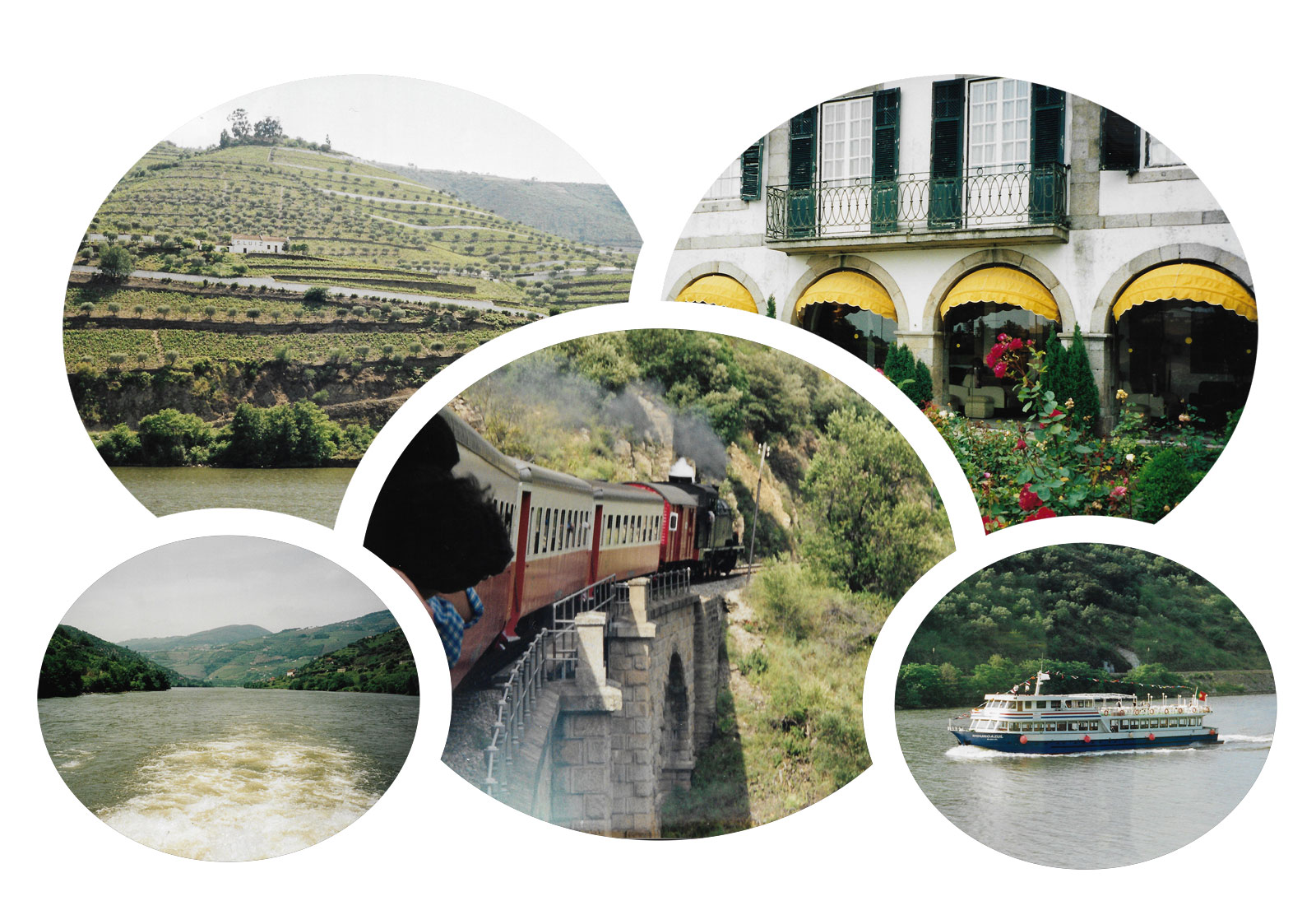Shake Off That Hangover With A Boat Trip Up The Douro
A few years back, the gritty old city of Porto was given a right good working over, spruced up for its reign as European City of Culture in order to have her looking its presentable best.
It’s good to report that they didn’t overdo things. Let’s face it, half of the charm of the place is its crusty, sundried appearance.
There’s a lot of walking involved if you choose to dig deep and get behind the scenes for a real good session of getting-to-know-you.
The best way to capture the flavour of the pulsating heart of the old quarter is to rely on shoe leather. A fair amount of stamina is required for the best rewards, with narrow, cobbled walkways and hundreds of stone stairways threading through ancient properties stacked high.
Clamber up to the cathedral, past little shops no wider than a few feet and ancient tavernas, to enjoy spectacular panoramic views out over the red-tiled rooftops, which seem to lean against each other and inter-twine precariously like a tower of playing cards that might tumble at the slightest gust of wind.
Be sure to plan a pit stop in the cool vaults of the Solar do Vinho do Porto, tucked underneath the Museu Romantico, with its unique doll’s house quality.
In the basement here, with bright yellow canopies providing shade from the sun at windows that look out onto the well-tended terraced garden, it has the atmosphere of a gentleman’s club. It’s as chic as it gets.
Starched-white aproned waiters guide visitors through the comprehensive list of port wines which are enjoyed from the comfort of deep, leather armchairs and settees. You may end up feeling so comfortably settled that it becomes quite a task to drag yourself away.
Wine Lodges
There are more leisurely ways to see the sights, by taxi, tramcar and those lookalike choo-choo trains which run back and forth across the river, taking visitors to the port wine lodges for tours and generous samplings.
Beware though! It is possible to end up with a very sore head.
Once over the bridge, you arrive in the quarter known as the Villa Nova de Gaia. Emblazoned over the fronts of the quayside storeage cellars and jutting skywards, giant letters spell out famous names such as Taylor’s, Graham’s, Calem, Croft, Dow and Sandeman’s.
You can tour them all and indulge in free tastings all aimed at tempting you to buy a bottle.
…Not a very clever way to spend an afternoon if you have plans arranged for the evening – or the following day.
In June it is also possible to find yourself nursing another kind of headache altogether in this magical city which feels at times as if it’s caught in a timewarp.
During the festival of Sao Joao, there are rivers of vinho, roasting spits on every second street corner, grilled sardines, and a curious custom still practised in which locals bash each other – and onlookers – over the heads with leeks.
It’s one big street party with music and dancing which spills over and carries on non-stop for the entire next day.
Stamina. That’s what you need most in ready supply in this Portuguese gem of a city.
There is a great-escape option to consider, though, and a bracing way to shake off that hangover.
Small passenger ships ferry those who need so seek out some peace and quiet well up into the highlands of the Douro Valley.
From here, it is possible to hire a car, take a bus, taxi or train, including nostalgic tours in period coaches hauled by old steam locomotives, even higher into the green, vine-swathed hills.
Rustic charm
Some of the vessels complete the cruise upstream in short legs, leaving passengers to go ashore and explore something different each night. Others cover the full distance from Porto to Peso da Regua in around six hours. Once there, you can plan your own time with lots to see and do and towns and villages reeking of rustic charm and boasting architectural gems.
We booked a hotel room for the night, leaving our base in Porto and taking only hand luggage for the overnight stay.
In Regua, by the railway station, women come onto the streets to sell packets of traditional homemade sweets which taste like butterscotch. On Sunday in baroque Lamego, take a taxi all the way up to the front door of the famous church called the Nossa Senhora dos Remedios.
If you decide to hike it to the front doors, there are 650 stairs to climb, but once you arrive, you’ll find a mini farmers’ market laid out in the back courtyard selling everything from home-cured ham and hand-baked cakes and biscuits to freshly-picked cherries.
Back in Porto, a favourite local dish is tripe. No kidding.
We treated ourselves to some fine dining on the last night of our stay.
One waiter cautioned when, inquisitive to see what all the fuss was about, we plucked up courage to sample some: “If you don’t like, you can choose something else from the menu,” he offered very fairly.
…And we didn’t – so we did.
* Several specialist operators offer a range of attractive packages to Porto and the Douro including reasonably-priced taster breaks from UK airports and will plan itineraries including boat trips, train excursions and other individual packages, including car hire. There are dozens of hotels and guest house stays to consider from cheap and cheerful to high end luxury.




